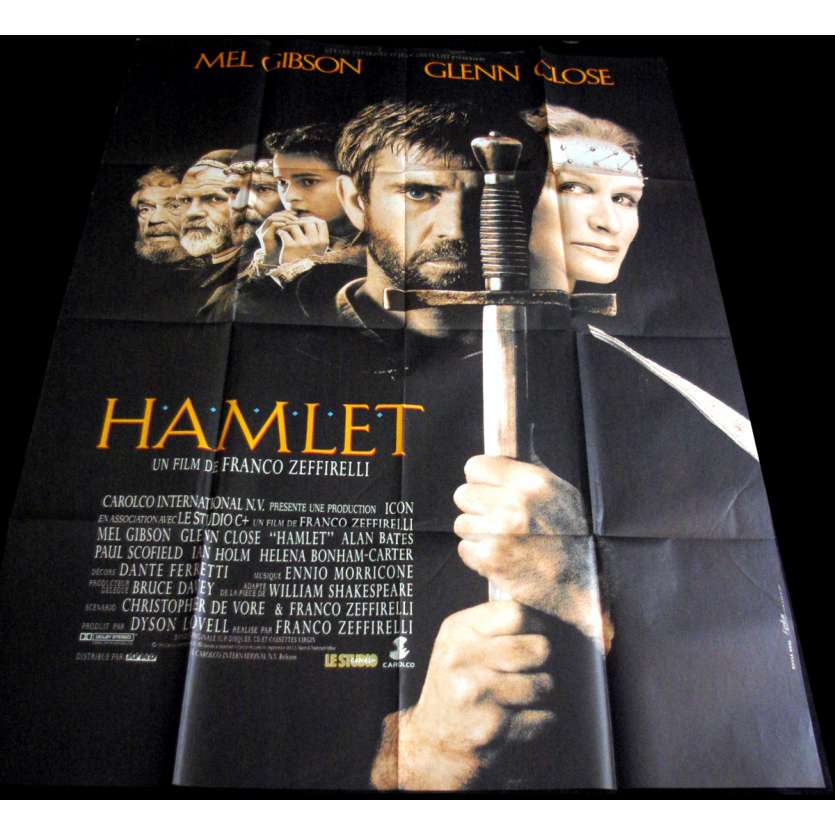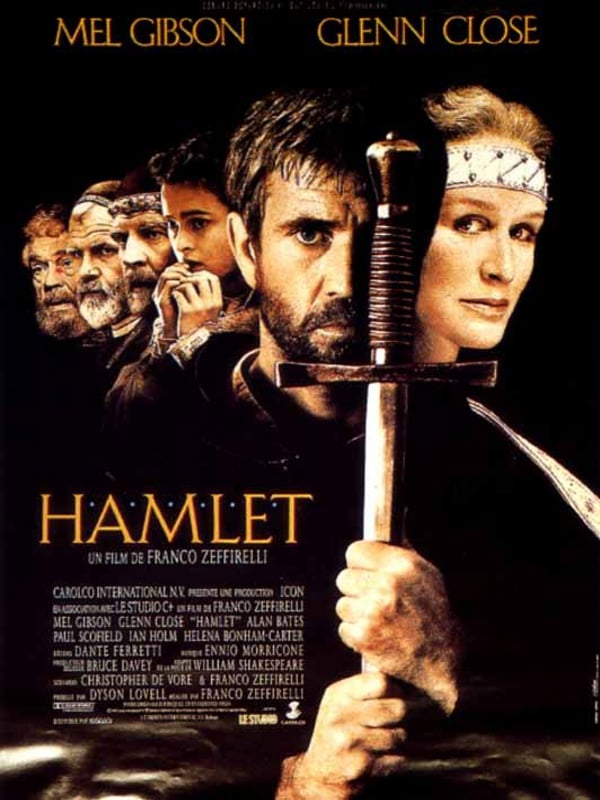


Olivier and Zeffirelli highlight this interpretation of the plot (especially through casting decisions) while Kozintsev and Branagh avoid this interpretation. Īnother significant decision for a director is whether to play up or play down the incestuous feelings that Freudian critics believe Hamlet harbours for his mother.

Fortinbras makes no appearance in Olivier's and Zeffirelli's versions, while in Kozintsev's and Branagh's films he is a major presence. Excluding Fortinbras removes much of the play's political dimension, resulting in a more personal performance than those in which he is retained. Fortinbras can be excised with minimal textual difficulty, and so a major decision for the director of Hamlet, on stage or on screen, is whether or not to include him. The full conflated text of Hamlet can run to four hours in performance, so most film adaptations are heavily cut, sometimes by removing entire characters. Seven post-war Hamlet films have had a theatrical release: Laurence Olivier's Hamlet of 1948 Grigori Kozintsev's 1964 Russian adaptation a film of the John Gielgud-directed 1964 Broadway production, Richard Burton's Hamlet, which played limited engagements that same year Tony Richardson's 1969 version (the first in colour) featuring Nicol Williamson as Hamlet and Anthony Hopkins as Claudius Franco Zeffirelli's 1990 version starring Mel Gibson Kenneth Branagh's full-text 1996 version and Michael Almereyda's 2000 modernisation, starring Ethan Hawke.īecause of the play's length, most films of Hamlet are heavily cut, however Branagh's 1996 version used the full text. Over fifty films of William Shakespeare's Hamlet have been made since 1900.


 0 kommentar(er)
0 kommentar(er)
